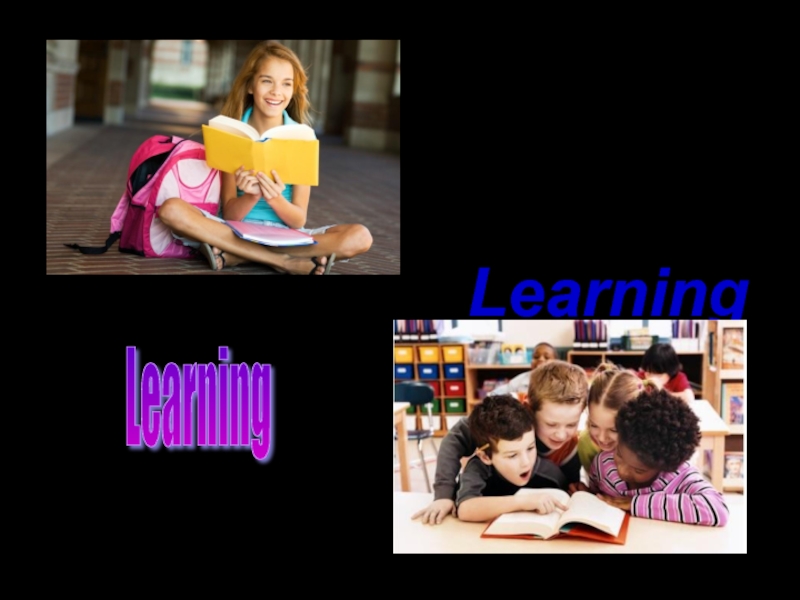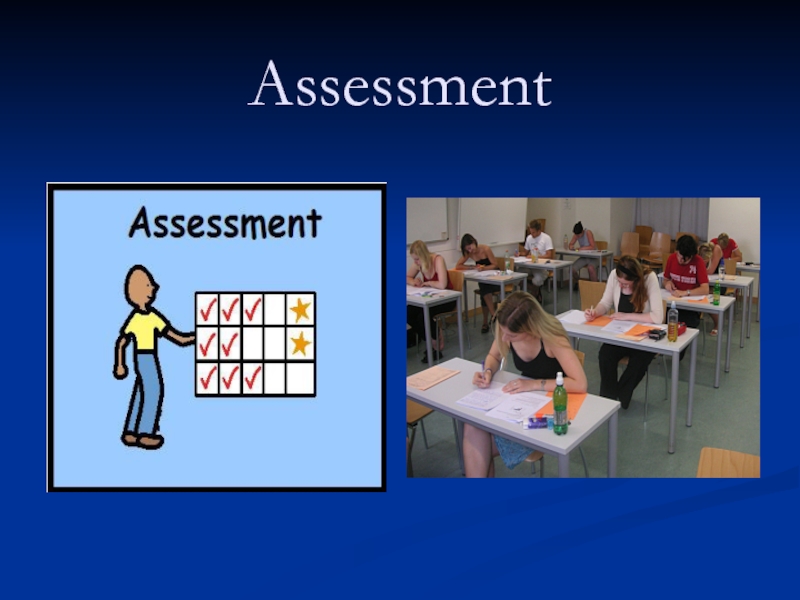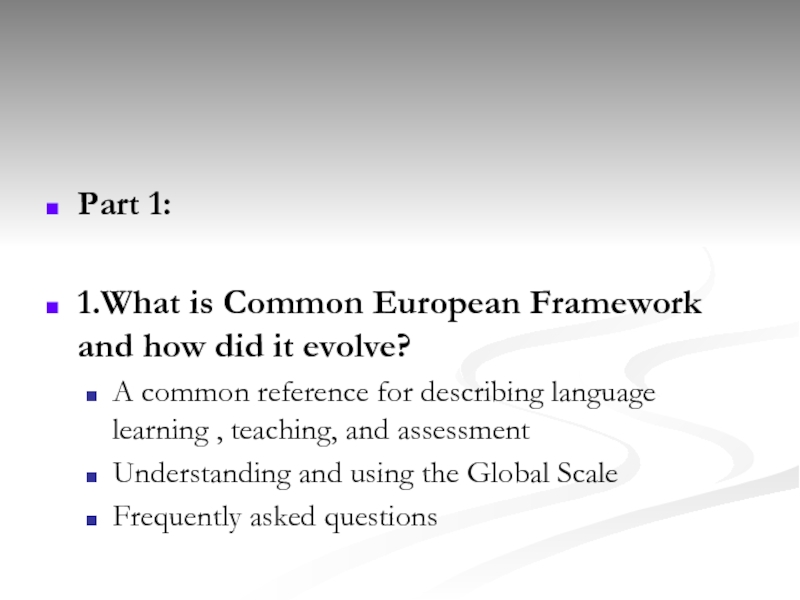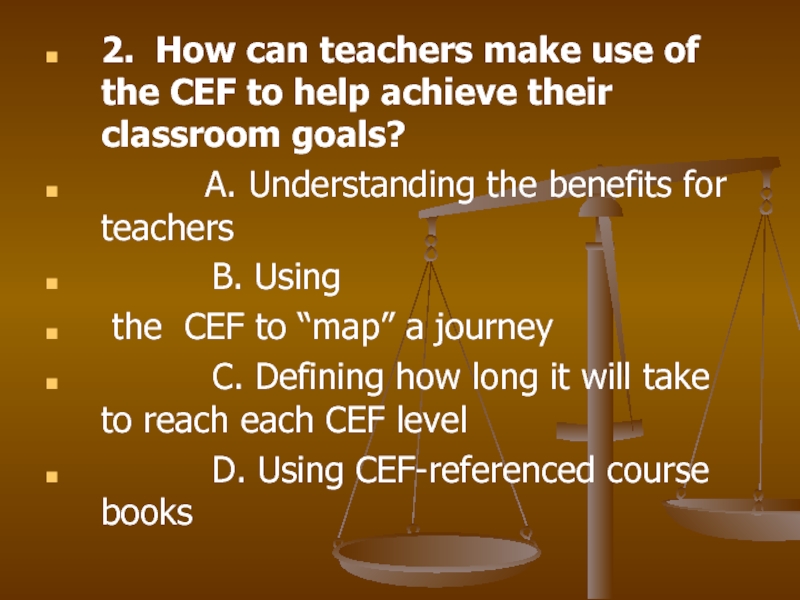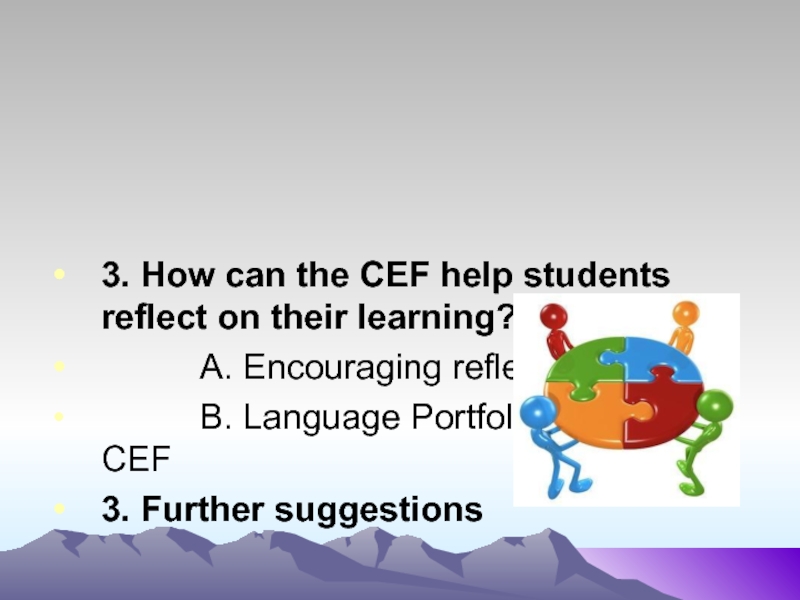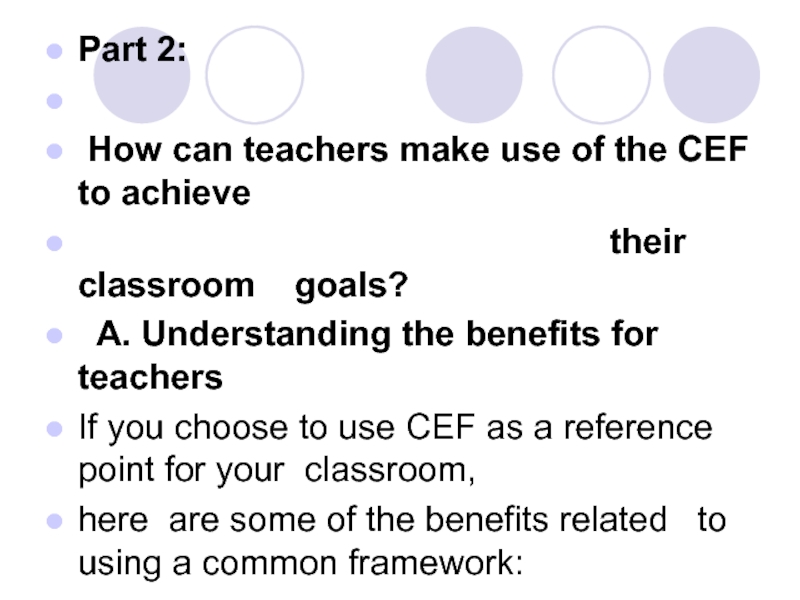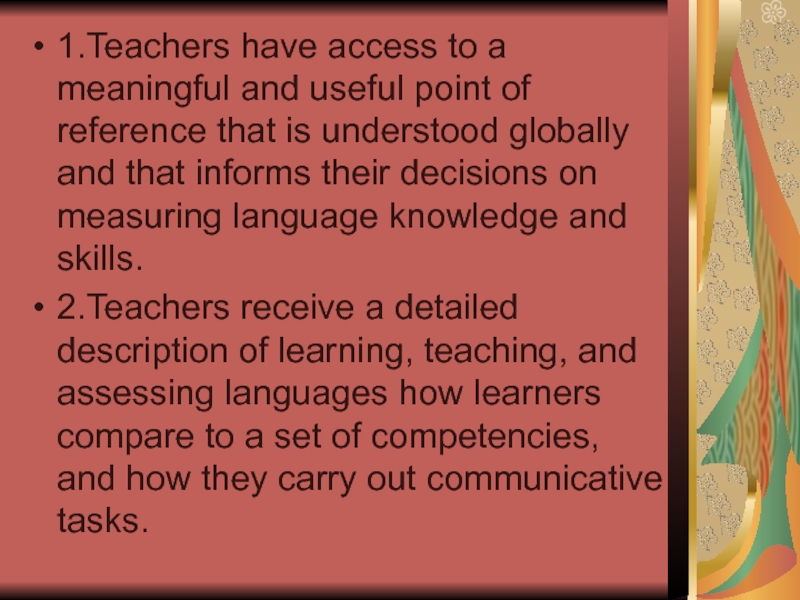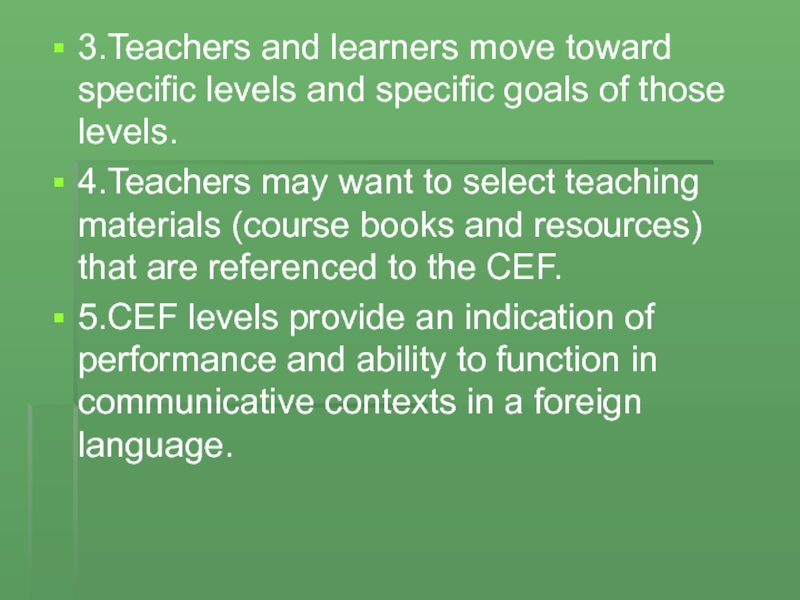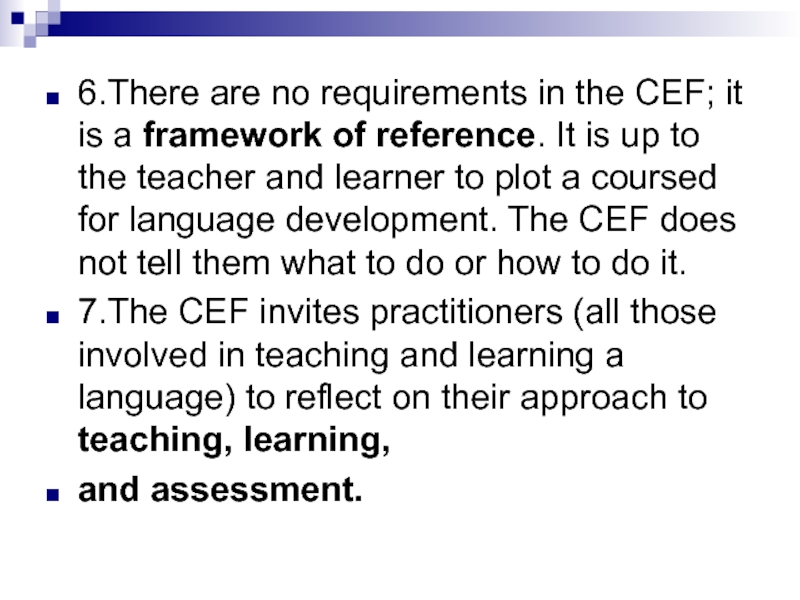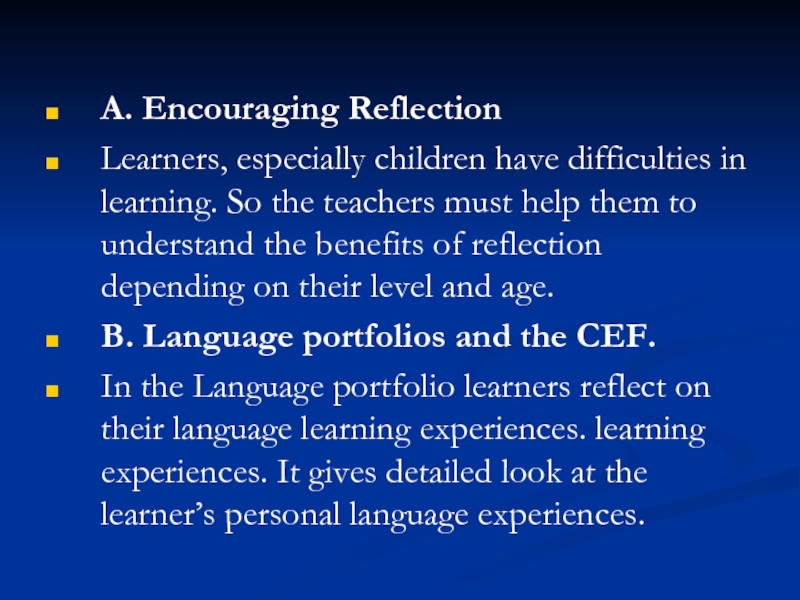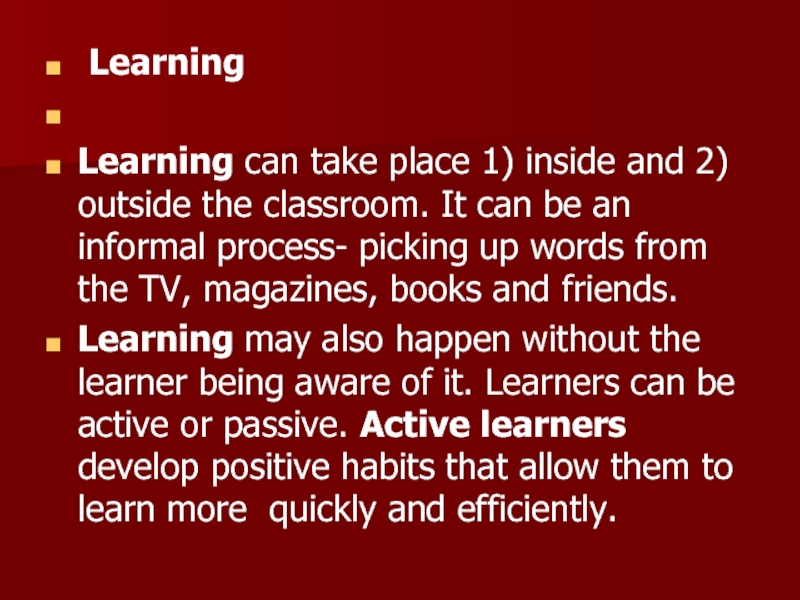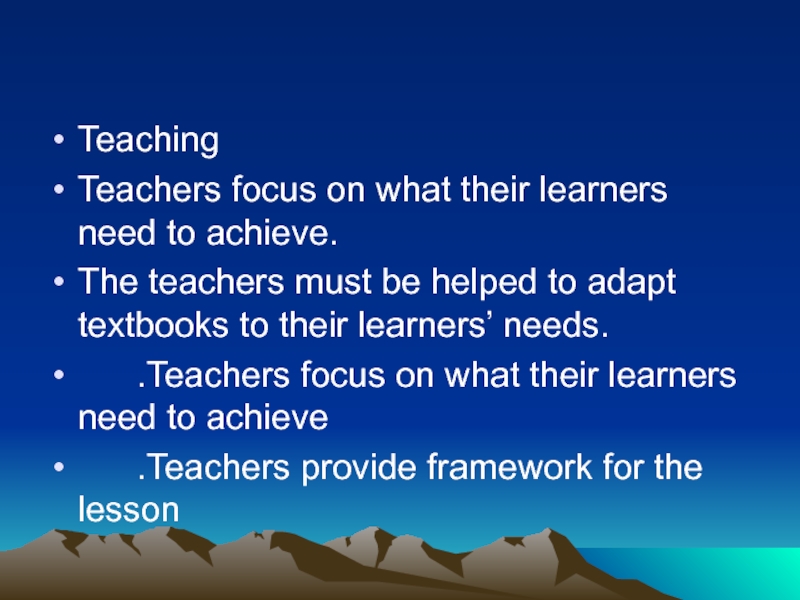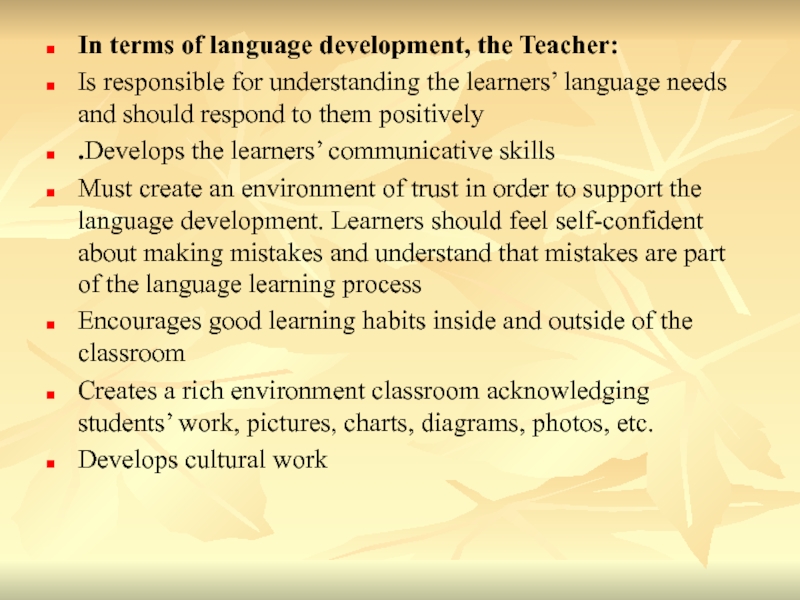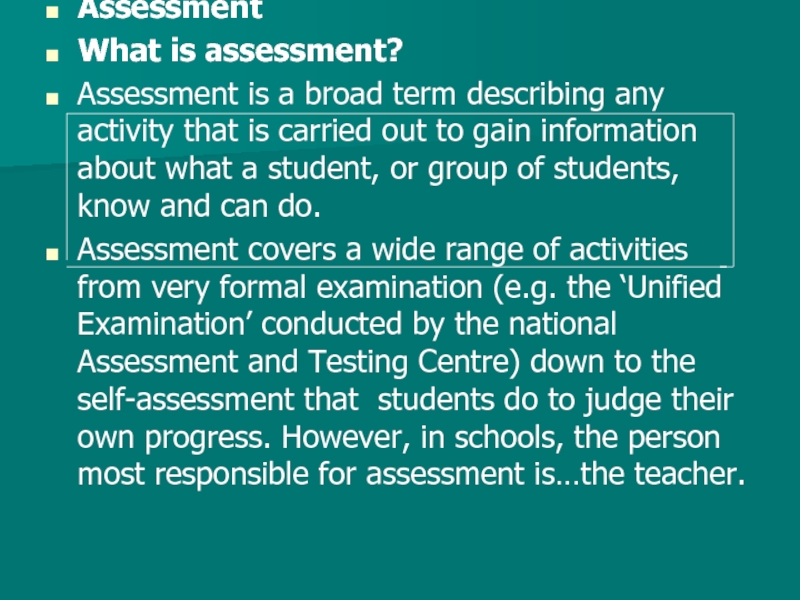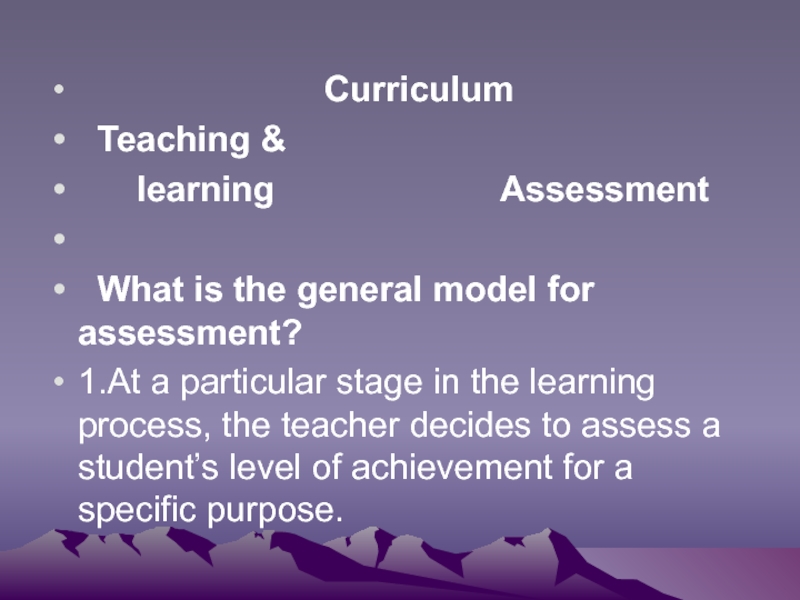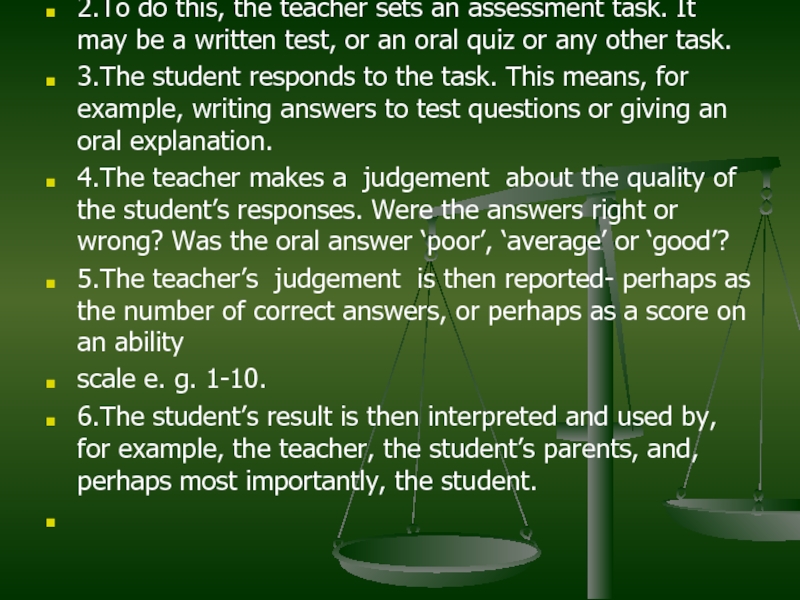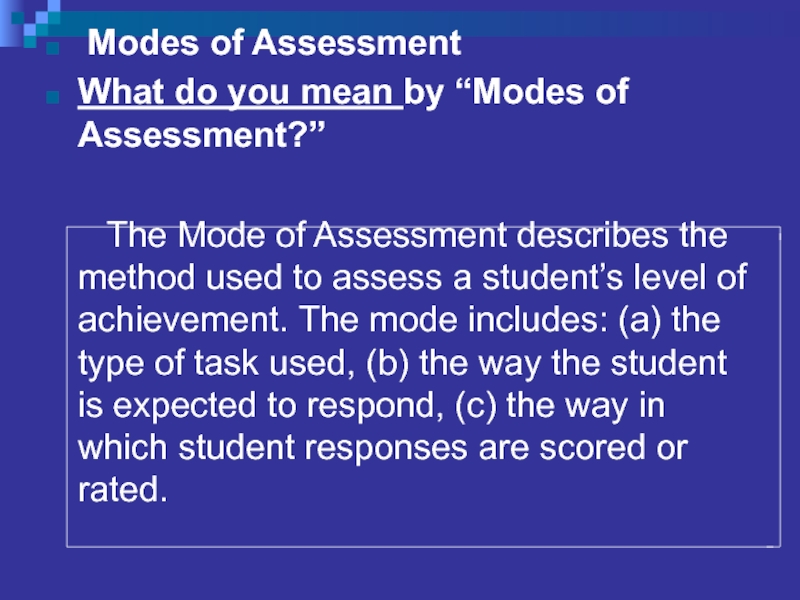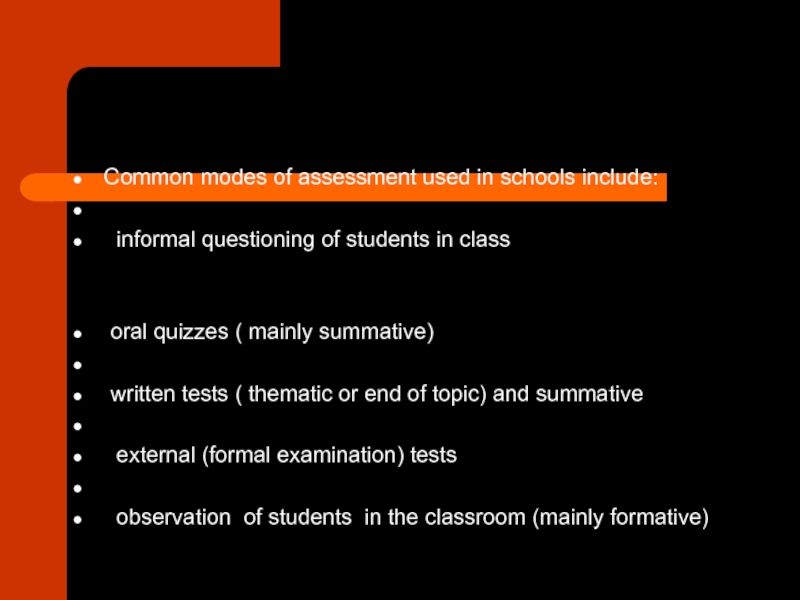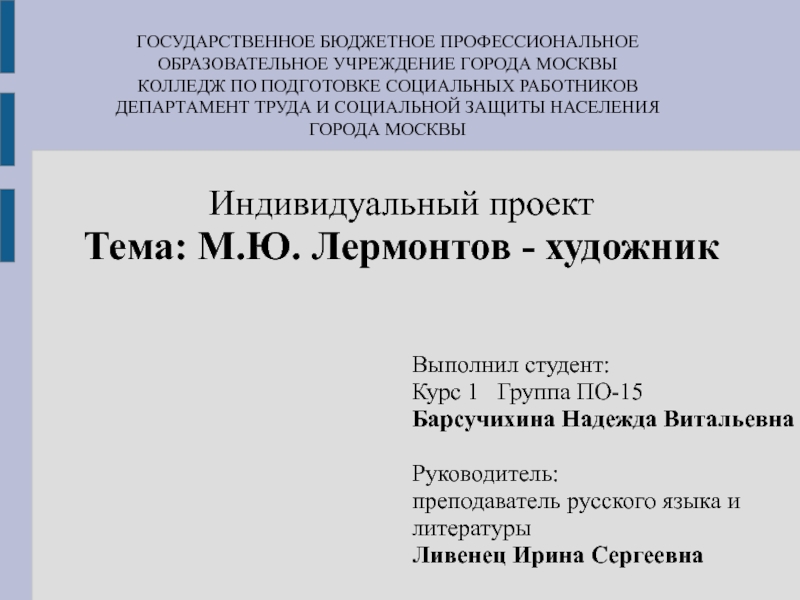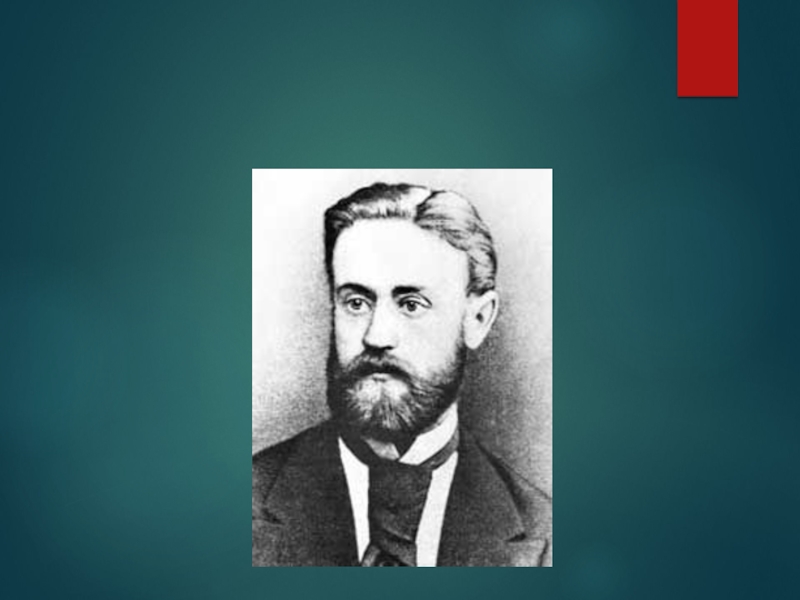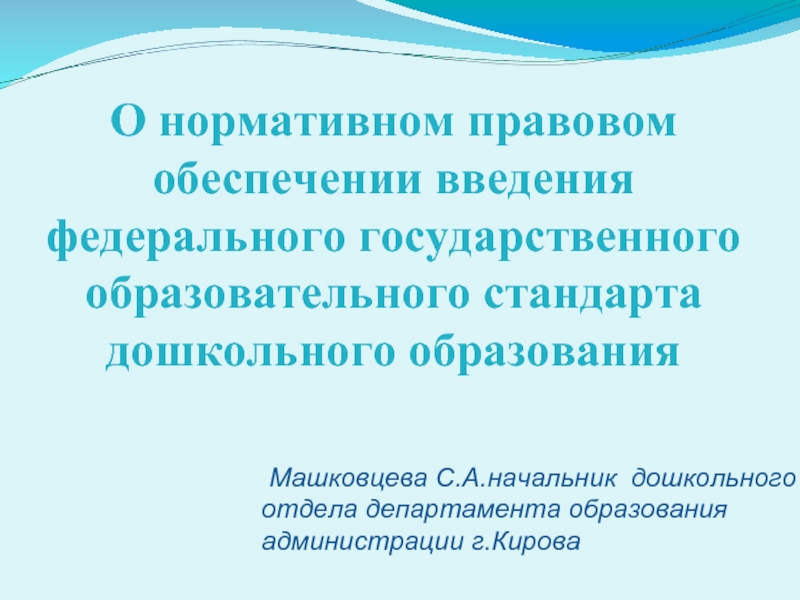- Главная
- Разное
- Дизайн
- Бизнес и предпринимательство
- Аналитика
- Образование
- Развлечения
- Красота и здоровье
- Финансы
- Государство
- Путешествия
- Спорт
- Недвижимость
- Армия
- Графика
- Культурология
- Еда и кулинария
- Лингвистика
- Английский язык
- Астрономия
- Алгебра
- Биология
- География
- Детские презентации
- Информатика
- История
- Литература
- Маркетинг
- Математика
- Медицина
- Менеджмент
- Музыка
- МХК
- Немецкий язык
- ОБЖ
- Обществознание
- Окружающий мир
- Педагогика
- Русский язык
- Технология
- Физика
- Философия
- Химия
- Шаблоны, картинки для презентаций
- Экология
- Экономика
- Юриспруденция
Common european framework презентация
Содержание
- 1. Common european framework
- 4. Teaching
- 5. Assessment
- 6. The publication of CEF in 2001
- 7. Part 1:
- 8. 2. How can teachers make use of
- 9. 3. How can the CEF help students
- 10. Q: Sometimes
- 11. A: The Common European Framework is not
- 12. Q: Is the CEF a teaching methodology?
- 13. Q: There is no specific grammar or
- 14. A: The CEF deliberately does not refer
- 15. Part 2:
- 16. 1.Teachers have access to a meaningful and
- 17. 3.Teachers and learners move toward specific levels
- 18. 6.There are no requirements in the CEF;
- 19. Part 3: How Can Teachers Help Their
- 20. A. Encouraging Reflection Learners, especially children have
- 21. Part 4: Further suggestions.
- 22. Learning Learning
- 23. Learners provide a purpose and direction for
- 24. Learners should know that language learning process
- 25. Teaching Teachers focus on what their learners
- 26. In terms of language development, the Teacher:
- 27. Assessment What is assessment? Assessment is a
- 29. 2.To do this, the teacher sets an
- 30. The Purposes of Assessment What do we
- 31. Modes of Assessment What do you
- 32. Common modes of assessment used in schools
Слайд 6 The publication of CEF in 2001 has had wide –
ranging impact on the teaching and learning of languages around the world. Many ministries of education, local education authorities, educational institutions, teachers’ associations, and publishers use the CEF, and it will continue to have an impact for many years to come.
In its own words, CEF provides a common basis for the elaboration of language syllabuses, curriculum guidelines, examinations, textbooks, etc. The CEF is and must be as a classroom tool for the language teachers.
In its own words, CEF provides a common basis for the elaboration of language syllabuses, curriculum guidelines, examinations, textbooks, etc. The CEF is and must be as a classroom tool for the language teachers.
Слайд 7Part 1:
1.What is Common European Framework and how did it evolve?
A common reference for describing language learning , teaching, and assessment
Understanding and using the Global Scale
Frequently asked questions
Слайд 82. How can teachers make use of the CEF to help
achieve their classroom goals?
A. Understanding the benefits for teachers
B. Using
the CEF to “map” a journey
C. Defining how long it will take to reach each CEF level
D. Using CEF-referenced course books
A. Understanding the benefits for teachers
B. Using
the CEF to “map” a journey
C. Defining how long it will take to reach each CEF level
D. Using CEF-referenced course books
Слайд 93. How can the CEF help students reflect on their learning?
A. Encouraging reflection
B. Language Portfolios and the CEF
3. Further suggestions
B. Language Portfolios and the CEF
3. Further suggestions
Слайд 10
Q: Sometimes the teachers ask why a Common European Framework? I
don’t teach or study in Europe!
Слайд 11A: The Common European Framework is not a political or cultural
tool used to promote Europe or European educational systems. The word European refers to European languages, although the CEF has now been translated into more than 30 languages, including non-European languages such as Arabic and Japanese, making it accessible to nearly everyone around the world.
Слайд 12Q: Is the CEF a teaching methodology?
A: No, the CEF isn’t
a methodology, and it doesn’t prescribe a way of teaching. It is a descriptive framework for all language levels. How you teach the levels is up to you. The CEF leaves plenty of room for you to help your learners achieve new levels of proficiency using a methodology that you feel comfortable with and that your learners are used to.
Слайд 13Q: There is no specific grammar or vocabulary in the CEF
“can do” statements. Does this mean that grammar shouldn’t be taught if we use the CEF as a basis?
Слайд 14A: The CEF deliberately does not refer to grammar or structures.
It is designed to describe how language users communicate and how they understand written and spoken texts. As it is used to describe and compare European languages, we cannot hope to provide a detailed list of grammar structures. However, learners do need to know about language systems (grammar, vocabulary, etc.) in order to learn. A good course book linked to the CEF will provide all the language input necessary. The “can do” statements complement more specific language areas.
Слайд 15Part 2:
How
can teachers make use of the CEF to achieve
their classroom goals?
A. Understanding the benefits for teachers
If you choose to use CEF as a reference point for your classroom,
here are some of the benefits related to using a common framework:
their classroom goals?
A. Understanding the benefits for teachers
If you choose to use CEF as a reference point for your classroom,
here are some of the benefits related to using a common framework:
Слайд 161.Teachers have access to a meaningful and useful point of reference
that is understood globally and that informs their decisions on measuring language knowledge and skills.
2.Teachers receive a detailed description of learning, teaching, and assessing languages how learners compare to a set of competencies, and how they carry out communicative tasks.
2.Teachers receive a detailed description of learning, teaching, and assessing languages how learners compare to a set of competencies, and how they carry out communicative tasks.
Слайд 173.Teachers and learners move toward specific levels and specific goals of
those levels.
4.Teachers may want to select teaching materials (course books and resources) that are referenced to the CEF.
5.CEF levels provide an indication of performance and ability to function in communicative contexts in a foreign language.
4.Teachers may want to select teaching materials (course books and resources) that are referenced to the CEF.
5.CEF levels provide an indication of performance and ability to function in communicative contexts in a foreign language.
Слайд 186.There are no requirements in the CEF; it is a framework
of reference. It is up to the teacher and learner to plot a coursed for language development. The CEF does not tell them what to do or how to do it.
7.The CEF invites practitioners (all those involved in teaching and learning a language) to reflect on their approach to teaching, learning,
and assessment.
7.The CEF invites practitioners (all those involved in teaching and learning a language) to reflect on their approach to teaching, learning,
and assessment.
Слайд 19Part 3: How Can Teachers Help Their Students to Learn?
Great Teachers Inspire-Great Teachers Motivate.
Teachers play an incredibly important role in the lives of our learners, because learners view their teachers as the source of inspiration and knowledge. Through learner training we can help learners understand how they learn and how they can acquire useful tools that will enhance progress.
Teachers play an incredibly important role in the lives of our learners, because learners view their teachers as the source of inspiration and knowledge. Through learner training we can help learners understand how they learn and how they can acquire useful tools that will enhance progress.
Слайд 20A. Encouraging Reflection
Learners, especially children have difficulties in learning. So the
teachers must help them to understand the benefits of reflection depending on their level and age.
B. Language portfolios and the CEF.
In the Language portfolio learners reflect on their language learning experiences. learning experiences. It gives detailed look at the learner’s personal language experiences.
B. Language portfolios and the CEF.
In the Language portfolio learners reflect on their language learning experiences. learning experiences. It gives detailed look at the learner’s personal language experiences.
Слайд 21Part 4: Further suggestions.
The teachers’ point of view……..
Divide the group into subgroups giving them handouts
Divide the group into subgroups giving them handouts
Слайд 22 Learning
Learning can take place 1) inside and
2) outside the classroom. It can be an informal process- picking up words from the TV, magazines, books and friends.
Learning may also happen without the learner being aware of it. Learners can be active or passive. Active learners develop positive habits that allow them to learn more quickly and efficiently.
Learning may also happen without the learner being aware of it. Learners can be active or passive. Active learners develop positive habits that allow them to learn more quickly and efficiently.
Слайд 23Learners provide a purpose and direction for teaching and learning.
Learners should know that language learning process can be divided into five stages:
Input
Noticing
Recognizing patterns and rule making
Use and rule modification
Automating
Слайд 24Learners should know that language learning process can be divided into
five stages:
Learners need to develop good habits such as:
taking an active part in activities by asking questions and initiating exchanges with other learners and the teacher.
_making notes and keeping records of what has been learnt.
_completing homework.
_coming to class prepared.
Learners need to develop good habits such as:
taking an active part in activities by asking questions and initiating exchanges with other learners and the teacher.
_making notes and keeping records of what has been learnt.
_completing homework.
_coming to class prepared.
Слайд 25Teaching
Teachers focus on what their learners need to achieve.
The teachers must
be helped to adapt textbooks to their learners’ needs.
.Teachers focus on what their learners need to achieve
.Teachers provide framework for the lesson
.Teachers focus on what their learners need to achieve
.Teachers provide framework for the lesson
Слайд 26In terms of language development, the Teacher:
Is responsible for understanding
the learners’ language needs and should respond to them positively
.Develops the learners’ communicative skills
Must create an environment of trust in order to support the language development. Learners should feel self-confident about making mistakes and understand that mistakes are part of the language learning process
Encourages good learning habits inside and outside of the classroom
Creates a rich environment classroom acknowledging students’ work, pictures, charts, diagrams, photos, etc.
Develops cultural work
.Develops the learners’ communicative skills
Must create an environment of trust in order to support the language development. Learners should feel self-confident about making mistakes and understand that mistakes are part of the language learning process
Encourages good learning habits inside and outside of the classroom
Creates a rich environment classroom acknowledging students’ work, pictures, charts, diagrams, photos, etc.
Develops cultural work
Слайд 27Assessment
What is assessment?
Assessment is a broad term describing any activity that
is carried out to gain information about what a student, or group of students, know and can do.
Assessment covers a wide range of activities from very formal examination (e.g. the ‘Unified Examination’ conducted by the national Assessment and Testing Centre) down to the self-assessment that students do to judge their own progress. However, in schools, the person most responsible for assessment is…the teacher.
Assessment covers a wide range of activities from very formal examination (e.g. the ‘Unified Examination’ conducted by the national Assessment and Testing Centre) down to the self-assessment that students do to judge their own progress. However, in schools, the person most responsible for assessment is…the teacher.
Слайд 28
Curriculum
Teaching &
learning Assessment
What is the general model for assessment?
1.At a particular stage in the learning process, the teacher decides to assess a student’s level of achievement for a specific purpose.
Teaching &
learning Assessment
What is the general model for assessment?
1.At a particular stage in the learning process, the teacher decides to assess a student’s level of achievement for a specific purpose.
Слайд 292.To do this, the teacher sets an assessment task. It may
be a written test, or an oral quiz or any other task.
3.The student responds to the task. This means, for example, writing answers to test questions or giving an oral explanation.
4.The teacher makes a judgement about the quality of the student’s responses. Were the answers right or wrong? Was the oral answer ‘poor’, ‘average’ or ‘good’?
5.The teacher’s judgement is then reported- perhaps as the number of correct answers, or perhaps as a score on an ability
scale e. g. 1-10.
6.The student’s result is then interpreted and used by, for example, the teacher, the student’s parents, and, perhaps most importantly, the student.
3.The student responds to the task. This means, for example, writing answers to test questions or giving an oral explanation.
4.The teacher makes a judgement about the quality of the student’s responses. Were the answers right or wrong? Was the oral answer ‘poor’, ‘average’ or ‘good’?
5.The teacher’s judgement is then reported- perhaps as the number of correct answers, or perhaps as a score on an ability
scale e. g. 1-10.
6.The student’s result is then interpreted and used by, for example, the teacher, the student’s parents, and, perhaps most importantly, the student.
Слайд 30The Purposes of Assessment
What do we mean by “purpose of assessment?”
The
purpose of an assessment describes the intended use of the results of the assessment. In other words, it tells us how the results will be interpreted and what decisions will be made on the basis of those results.
Слайд 31 Modes of Assessment
What do you mean by “Modes of Assessment?”
The Mode of Assessment describes the method used to assess a student’s level of achievement. The mode includes: (a) the type of task used, (b) the way the student is expected to respond, (c) the way in which student responses are scored or rated.
Слайд 32Common modes of assessment used in schools include:
informal questioning of students in class
oral quizzes ( mainly summative)
written tests ( thematic or end of topic) and summative
external (formal examination) tests
observation of students in the classroom (mainly formative)
oral quizzes ( mainly summative)
written tests ( thematic or end of topic) and summative
external (formal examination) tests
observation of students in the classroom (mainly formative)

